
Fashion Forward
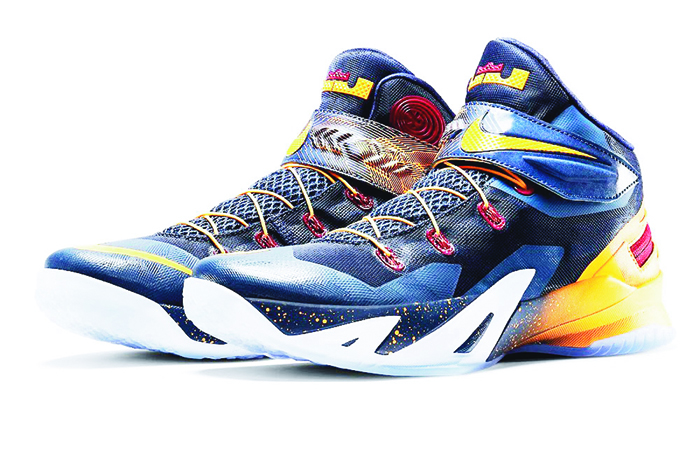
Products and tips that bring style into a wardrobe without sacrificing mobility
Children and adults living with neuromuscular diseases often have to make a choice between fashion and function. Skinny jeans and tall lace-up boots may be all the rage, but items like those present plenty of challenges in terms of getting them on and then staying mobile afterward. Even regular jeans and sneakers can be a hassle, leaving many to simply don sweatpants and slip-on shoes, but self-esteem can take a hit as a result.
“Sometimes people just want to look stylish, or they may need clothes that are more professional,” says Sharon Greenberg, an occupational therapist at the MDA Care Center at Seattle Children’s Hospital. “Let’s face it, when you look good, you tend to feel good. And when you wear sweatpants every day, it can be difficult to achieve that.”
Fortunately, there are an increasing number of options that give people some style and flair — without adding extra time to routines or limiting mobility. One of the most high-profile launches has been the Zoom Soldier 8 FlyEase shoe ($130) from Nike. A wrap-around zipper extending from the shoe’s front to the base of the heel makes it easier to get it on and off. This is especially helpful since adult shoes with Velcro seem to be getting harder to find, says Cathy Scott, an occupational therapist for the MDA Care Center at Michigan State University.
“I see many people having trouble with shoes because they need the extra support for knees and ankles, but slip-on shoes don’t provide that,” she says, adding that shoes that do offer support usually have laces that require a caregiver’s help. A zippered shoe like the Flyease earns her praise for offering support and ease of use.
Another issue Scott often sees comes with pants, and jeans in particular can be an issue. Most brands have small fasteners and buttons, and she often advises that people add a key ring to the zippers to make them easier to pull up — a tip that works on any clothing item. But jeans are still appealing to younger people in particular, she notes, since they are a fashion mainstay among their peers.
Greenberg appreciates the style shown by ABL Denim, which creates jeans for people with limited mobility. For example, the WCH Jean for men has an extra-long center front zipper, with rubber string lasso pull for easier opening. The back is higher than the front — especially important for those who use wheelchairs — and there are leg pockets for storing a phone or wallet, as well as a catheter zip opening.
The company’s line for women even has a skinny jean-type item with its Adaptive Legging ($42). Also using a high-back waist for wheelchair users, the leggings have a reversible waistband that can be helpful for those with limited mobility, and the lightweight denim is soft and stretchy for comfort.
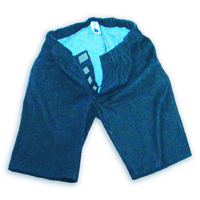
In addition to denim, Adaptations by Adrian specializes in shorts and pants for wheelchair users. Their sitter line of pants and shorts are cut higher in the back and lower in the front so they don’t hit the ribs in front, or ride down in back, making them much more comfortable for people who spend much of their day in a wheelchair.
Coats and jackets also can be problematic, leading some women to switch to a shawl or poncho, says Scott. But in colder climates, that’s not always an appropriate weather choice, and men don’t tend to like ponchos. “Unfortunately, this leaves many people staying indoors more, rather than having to deal with outerwear that’s too difficult to get on, or that gets bunched up in the back for those in wheelchairs,” Scott notes.
One choice that may become available commercially is the Rayn Jacket, developed at MIT for a competitive biker who is living with a spinal cord injury. The waterproof jacket has a rear zipper that allows a caregiver to put the garment on more quickly, and a “lap flap” protects the wearer’s upper legs and wheelchair seat from rain.
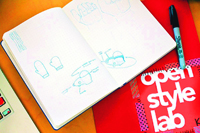
Not only do these clothing, outerwear and shoe options offer features that are geared toward more mobility and independence, but they also can improve quality of life, Scott believes. She says, “People with mobility issues and physical disabilities want to feel the confidence that comes with looking good. The fact that there are more clothing options to help them do that is great.”
Resource Corner: More accessible fashion options
Long sleeve Velcro front dress shirt
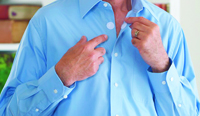
Classic dress shirts are standard in professional settings, but the buttons can be challenging for those with limited strength or dexterity. Buck & Buck, which specializes in adaptive clothing, offers an option that looks like a button-down shirt but is fastened by Velcro instead. Another choice for a similar look is a magnet-fastened shirt ($70) from adaptive clothing maker Silvert’s, which is available for men and women.
How much: $36
Where: buckandbuck.com
Plaid blazer
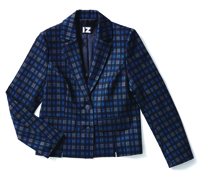
For women who want a more stylish look by adding a blazer to an outfit, but find that standard blazers bunch up in the back, or around the waist and hips, this plaid number is a nice choice. It’s offered by IZ Adaptive, which also has a leather biker jacket with easy-zip back for women. Outerwear options for men include an easy-zip back pea coat, as well as parkas for both men and women.
How much: $215
Where: izcollection.com
Elizabeth Millard is a freelance writer in Minnesota.
MDA Resource Center: We’re Here For You
Our trained specialists are here to provide one-on-one support for every part of your journey. Send a message below or call us at 1-833-ASK-MDA1 (1-833-275-6321). If you live outside the U.S., we may be able to connect you to muscular dystrophy groups in your area, but MDA programs are only available in the U.S.
Request Information